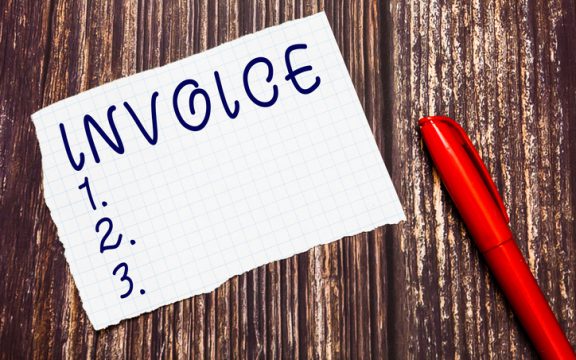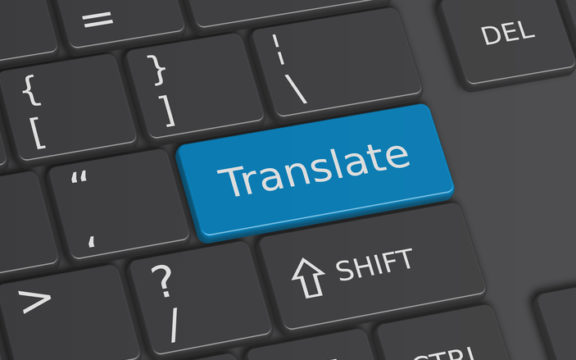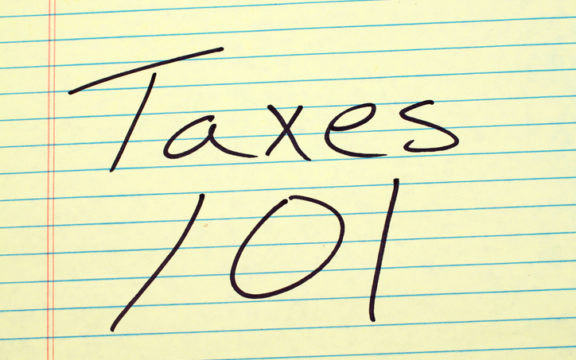The term “trial balance” may sound unfamiliar to most people, even to some who work in accounting. In fact, the trial balance is one of the essential elements in bookkeeping.
Here we will explain what a trial balance is and how it works. Read on to elevate your accounting game.
What is a trial balance?
A trial balance refers to a bookkeeping worksheet generated by accountants on a regular basis, whereby the balances of all the ledgers are tabulated into debit and credit account column totals that are equal. Just in case you are wondering, a ledger is a book or collection of accounts in which the account transactions are recorded.
The main purpose of creating a trial balance is to make sure the entries in a company’s accounting system are mathematically accurate.
How does trial balance work?
Remember the main goal of the trial balance? It is to ensure the accuracy of all the figures within the company’s accounts. Simultaneously, this will also serve to detect any mathematical errors that have been made in the double-entry accounting system.
Let’s put it this way, if the total debits equal the total credits, then the trial balance is recognized as balanced and free from mathematical errors in the ledgers. Otherwise, it is not because there are errors. This formula will be discussed in the following section, so there’s no need to get bewildered or doubtful.
Despite having a balanced trial, this does not guarantee that the company’s accounting system is error-free. For instance, wrongly classified transactions or missing records are regarded as material accounting errors that could not be detected by the trial balance procedure.
Requirements for a trial balance
In general, each ledger account’s ending balance, as displayed in the trial balance worksheet, is the sum of all the debits and credits entered into that account based on all the relevant business transactions.
This is because, in the beginning, companies record their business transactions in bookkeeping accounts within the general ledger. Regardless of whether the accounts in the ledgers could have been debited or credited during a certain prior accounting period, they are used in a trial balance worksheet.
At the same time, some accounts may have recorded numerous business transactions. Therefore, the ending balance of each ledger account you get in the trial balance equals the sum of all debits and credits that have been recorded to that account.
Remember, a general ledger is used to record a company’s transactions, and then the sum will be included in a trial balance.
The trial balance formula
While logging the trial balance, the accounts of asset, expense, or loss should each have a debit balance. Meanwhile, the accounts of liability, equity, revenue, or gain should each have a credit balance.
Nevertheless, keep in mind that certain accounts of both types may have also been credited or debited respectively during the accounting period when relevant business transactions reduce their respective accounts’ debit and credit balances, with an opposite effect on those accounts’ ending debit or credit balances.
On a trial balance worksheet, the left column will include all the debit balances, and the right column will include all the credit balances. Then, the account titles will be placed to the far left of the two columns.
Things to remember
In the end, the ledger accounts and their balances should be listed on a trial balance worksheet. All the debit balances and credit balances are totalled in separate columns to prove that the total debits and total credits are equal. Doing so guarantees that no unequal debits and credits have been inaccurately entered while implementing the double-entry recording.
However, as mentioned earlier, a trial balance cannot identify accounting errors that are not caused by mathematical mistakes. Although a trial balance shows a perfect balance between total debits and credits, it is still possible that equal debits and credits have been entered into the wrong accounts, a transaction has occurred undetected, or offsetting errors have been made with debit and credit at the same time.
In a nutshell
Now that you are equipped with additional knowledge by learning what a trial balance is and how it works, it is time to take accounting to a whole new level.
Automate accounting assistant to elevate it. That’s why we are introducing our cloud-based accounting software. This simple and user-friendly interface is a symbol of cloud accounting’s revolution.
If doing a trial balance sounds intimidating to you, try our service as it is the best accounting software in Malaysia. For more information, feel free to get in touch with us.





















































































































